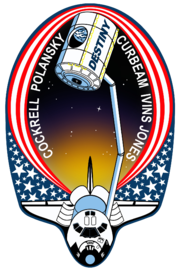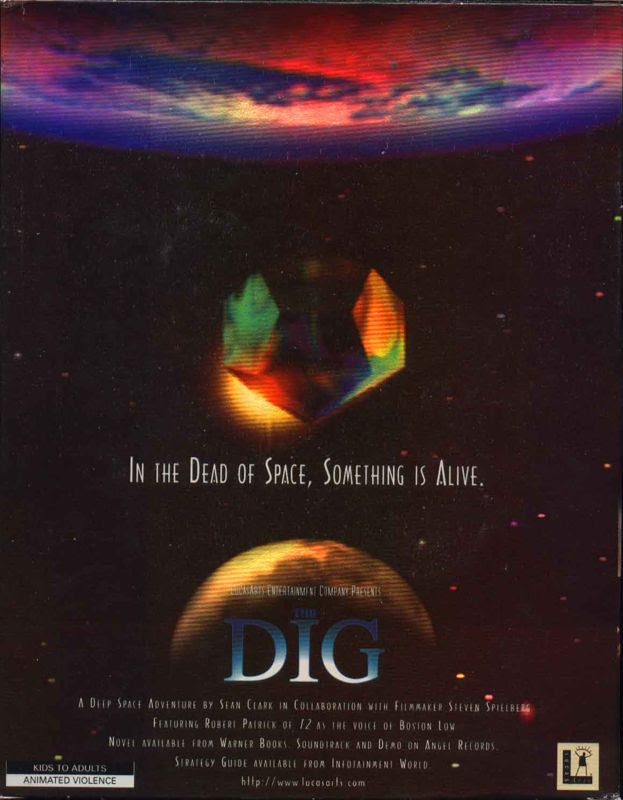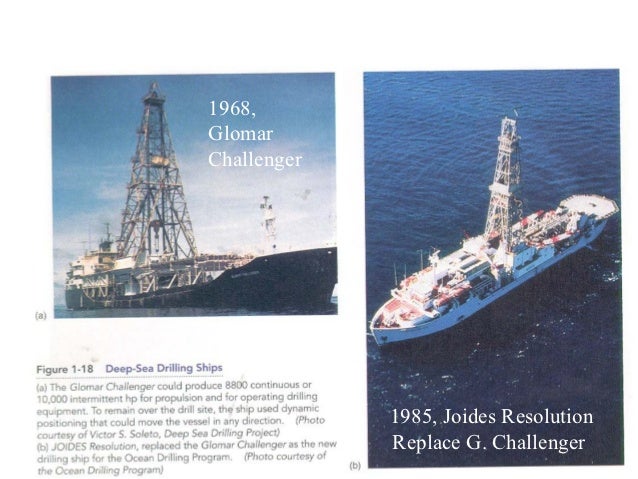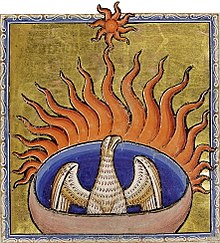

Osiris rising from the underworld via the Shoemaker/phoenix underground:

Shuttle Atlantis deployed "Destiny" during the NEAR landing on Eros


In these myths Phanes is often equated with Eros and Mithras and has been depicted as a deity emerging from a cosmic egg, entwined with a serpent.
Time, who was also called Aion, created the silver egg of the universe; out of this egg burst out the first-born, Phanes. Phanes was a uroboric male-female deity of light and goodness, whose name means "to bring light" or "to shine"; a first-born god of light who emerges from a void or a watery abyss and gives birth to the universe.[4]
Many threads of earlier myths are apparent in the new tradition. Phanes was believed to have been hatched from the World-Egg of Chronos (Time) and Ananke (Necessity or Fate) or Nyx in the black bird form and wind. His older wife Nyx (Night) called him Protogenus. As she created nighttime, he created daytime. He also created the method of creation by mingling. He was made the ruler of the deities and passed the sceptre to Nyx. This new Orphic tradition states that Nyx later gave the sceptre to her son Uranos before it passed to Cronus and then to Zeus, who retained it.
According to Aristophanes, whence he is called Eros, he was born from an egg created by Nyx and placed in the boundless lap of Erebus. After which he mates with Chaos and creates the birds.[5] This passage seeks to demonstrate that the birds are considered older than all other living creatures, even older than the other gods.

 The 2001 Nisqually earthquake occurred at 10:54:32 local time on February 28, 2001.
The 2001 Nisqually earthquake occurred at 10:54:32 local time on February 28, 2001.
Resonating "the dig", NEAR mission via shuttle Atlantis to a "phoenix underground" asteroid

The Dig
A radio telescope in Borneo detects the approach of a large asteroid on a collision course with Earth; authorities dub it "Attila" after the ancient conqueror Attila the Hun. Scientists determine explosives planted on the surface of the asteroid may divert it into a stable orbit around Earth. A five-person expedition uses the Space Shuttle Atlantis to rendezvous with the asteroid and plant the charges.Low, Brink, and Robbins spacewalk to the asteroid and set the charges. While they are successful in altering the orbit of Attila, they find the inside of the asteroid appears hollow, and proceed to explore.When they enter a central chamber, they are trapped as the asteroid transforms into a dodecahedron pod and rapidly accelerates away into deep space. When the three recover and can exit the pod, they find themselves on an alien planet, on a central island surrounded by five smaller, spire-shaped islands; in the game's novelization, they name the planet Cocytus.
Robbins insists they explore the structure separately and the two part ways, keeping in contact with their communicators. In what appears to be a museum, Low discovers a pair of crystals containing a glowing green liquid. After seeing a demonstration in the museum of similar crystals being used in what looks like a resurrection ceremony, Low tries one on Brink, bringing him back to life. They then search for a means to return to Earth, using Brink's and Robbins' talents for xenoarchaeology to decipher strange alien text and images.

The Destiny module is the primary operating facility for U.S. research payloads aboard the International Space Station (ISS).[2][3] It was berthed to the Unity module and activated over a period of five days in February, 2001.[4] Destiny is NASA's first permanent operating orbital research station since Skylab was vacated in February 1974.
The Boeing Company began construction of the 16 ton (14.5 tonne), state-of-the art research laboratory in 1995 at the Marshall Space Flight Center in Huntsville, Alabama.[2] Destiny was shipped to the Kennedy Space Center in Florida in 1998, and was turned over to NASA for pre-launch preparations in August 2000. It launched on February 7, 2001 aboard the Space Shuttle Atlantis on STS-98.[4]
Destiny=Atlantis via 21st century "Atlantis with Destiny a science laboratory for the 21st century"

NASA- mid Feb 2001, clearly Atlantis DESTINY and EROS were the headlines

The STS 98 Atlantis/Destiny mission landed on Feb 20, 2001, the same day "OSIRIS" was launched and just a few days before the NEAR Shoemaker mission was unplugged, just hours after the "Fenix" seismic trigger event...
STS 98 =ArmageddonThis is the insignia for STS-98, which marks a major milestone in assembly of the International Space Station (ISS). Atlantis' crew will deliver the United States Laboratory, Destiny, to the ISS. Destiny will be the centerpiece of the ISS, a weightless laboratory where expedition crews will perform unprecedented research in the life sciences, materials sciences, Earth sciences, and microgravity sciences. The laboratory is also the nerve center of the Station, performing guidance, control, power distribution, and life support functions. With Destiny's arrival, the Station will begin to fulfill its promise of returning the benefits of space research to Earth's citizens. The crew patch depicts the Space Shuttle with Destiny held high above the payload bay just before its attachment to the ISS. Red and white stripes, with a deep blue field of white stars, border the Shuttle and Destiny to symbolize the continuing contribution of the United States to the ISS. The constellation Hercules, seen just below Destiny, captures the Shuttle and Station's team efforts in bringing the promise of orbital scientific research to life. The reflection of Earth in Destiny's window emphasizes the connection between space exploration and life on Earth.

The first mission to the earths mantle is taking place at the "Atlantis Bank" via "deep earth" seismic initiative going back to 1998!(Drill+Shuttle Atlantis=Armageddon)
Planned journey to the mantle of the Earth will break records
As part of the International Ocean Discovery Program, the scientists will use a ship, the Joides Resolution, to drill into an area of the Indian Ocean known as a mid-oceanic ridge, a line of deep trenches, mountains and undersea volcanoes where the crust is the thinnest in the world. The ocean here is about 700 metres deep.Atlantis: A deep earth seismic initiative
"For decades, we thought the ocean crust was very uniform in thickness and therefore in structure," Professor MacLeod said. "We have reason to believe it is not – and our research findings are likely to confirm that."
Australian geologists are excited about the project. "This project is like a supergiant biopsy," said Monash University geologist Associate Professor Steven Micklethwaite. "It could shake the world – not with an earthquake but with a profound shift in the way we understand the Earth."
Atlantis was a metaphor for the primeval underworld (the interior of the earth).
JOIDES Resolution (Joint Oceanographic Institutions for Deep Earth Sampling) is a scientific drilling ship once used by the Ocean Drilling Program, then by her successor, the Integrated Ocean Drilling Program (now known as the International Ocean Discovery Program). She is the successor of Glomar Challenger.
The ship was launched as Sedco/BP 471, an oil exploration vessel. She was later converted for scientific use and began working for the ODP in January 1985.
JOIDES Resolution returned to active service in February 2009 following an extensive renovation of her laboratory facilities and crew quarters.
https://en.wikipedia.org/wiki/JOIDES_Resolution
Deep Earth replaced Challenger one year before the Challenger disaster....
Deep Earth replaced Challenger one year before the Challenger disaster....

The fifth HMS Challenger (1858) was a screw corvette launched in 1858, converted to a survey ship in 1872 in preparation for her famous voyage, hulked in 1880, and sold for scrap in 1921. The research ship Glomar Challenger, the Apollo 17 lunar module and the Space Shuttle Challenger were named after this ship.
The Deep Earth Challenger-Atlantis mantle connection is fitting since Challenger explosion= Set/Osiris descending to the underworld and Atlantis"underworld" launched the Destiny with the seismic "fenix"....
"A Colombian Enterprise to Endeavor for the Discovery of Atlantis... and all Challengers shall be destroyed."
STS-26 was the 26th NASA Space Shuttle mission and the seventh flight of the orbiter Discovery. The mission launched from Kennedy Space Center, Florida, on 29 September 1988, and landed four days later on 3 October. STS-26 was declared the "Return to Flight" mission, being the first mission after the Space Shuttle Challenger disaster of 28 January 1986.
STS-27 was the 27th NASA Space Shuttle mission, and the third flight of Space Shuttle Atlantis. Launching on 2 December 1988 on a four-day mission, it was the second shuttle flight after the Space Shuttle Challenger disaster of January 1986.
Discovery of Atlantis also followed the Columbia disaster:
STS-114 was the first "Return to Flight" Space Shuttle mission following the Space Shuttle Columbia disaster. Discovery launched at 10:39 EDT (14:39 UTC), 26 July 2005.
STS-115 was a Space Shuttle mission to the International Space Station (ISS) flown by Space Shuttle Atlantis. It was the first assembly mission to the ISS after the Columbia disaster, following the two successful Return to Flight missions, STS-114 and STS-121. STS-115 launched from Pad 39-B at the Kennedy Space Center on 9 September 2006 at 11:14:55 EDT (15:14:55 UTC)
Space Shuttle Discovery also carried the Developmental Test Objective (DTO) 701B payload using Advanced Scientific Concepts, Inc.'s DragonEye 3D Flash light detection and ranging (LIDAR) sensor. The addition of the pulsed laser navigation sensor was the third time a Space Shuttle provided assistance to the commercial space company SpaceX, following STS-127 and STS-129. The DragonEye on STS-133 incorporated several design and software improvements from the version flown on STS-127 to provide increased performance. Its inclusion on STS-133 was part of a final test run ahead of being fully implemented on SpaceX's Dragon spacecraft, which had its maiden flight in December 2010.[14]Endeavour Atlantis Discovery

The final shuttle launch was Atlantis(underworld fenix/Osiris) to be resurrected by the Dragon on the back of the Mars Falcon/Horus...




"Pad 39A is the same pad from which the Red Dragon mission will eventually blastoff atop a heavy lift SpaceX Falcon Heavy rocket – and which just reopened for launch business last week on Feb. 19 after lying dormant for more than 6 years since the retirement of NASA’s Space Shuttle Program in July 2011."
During first "Osiris REx" Mission:
Feb 9, 2017
NASA's OSIRIS-REx Begins Earth-Trojan Asteroid Search
SpaceX planning Feb. 18 launch of cargo spacecraft on first mission from historic launch pad

Olympic torch unveiled in countdown to 2018 Games
(2018 Olympics kick off at "phoenix park")
Pentagram torch of Osiris unveiled just days after SB 51 torch
The 2018 Olympic torch is a special one--phoenix reignition ...
2014 "phoenix" torch reignited in 2018 symbolic of:

Feb 10, 2017
Falcon phoenix:
Falcon phoenix:









No comments:
Post a Comment